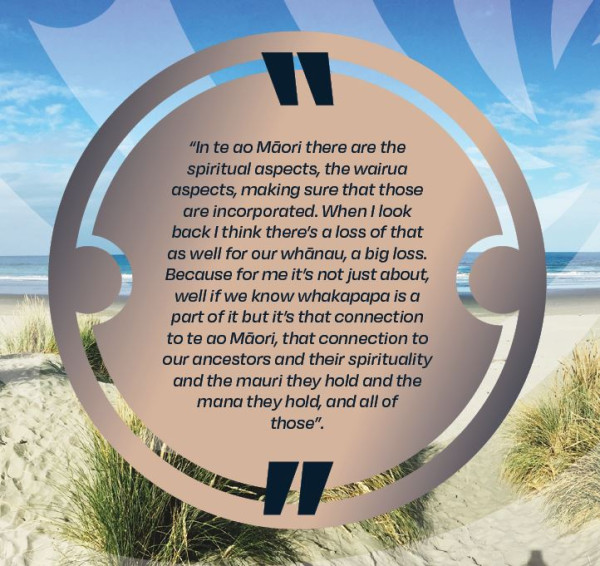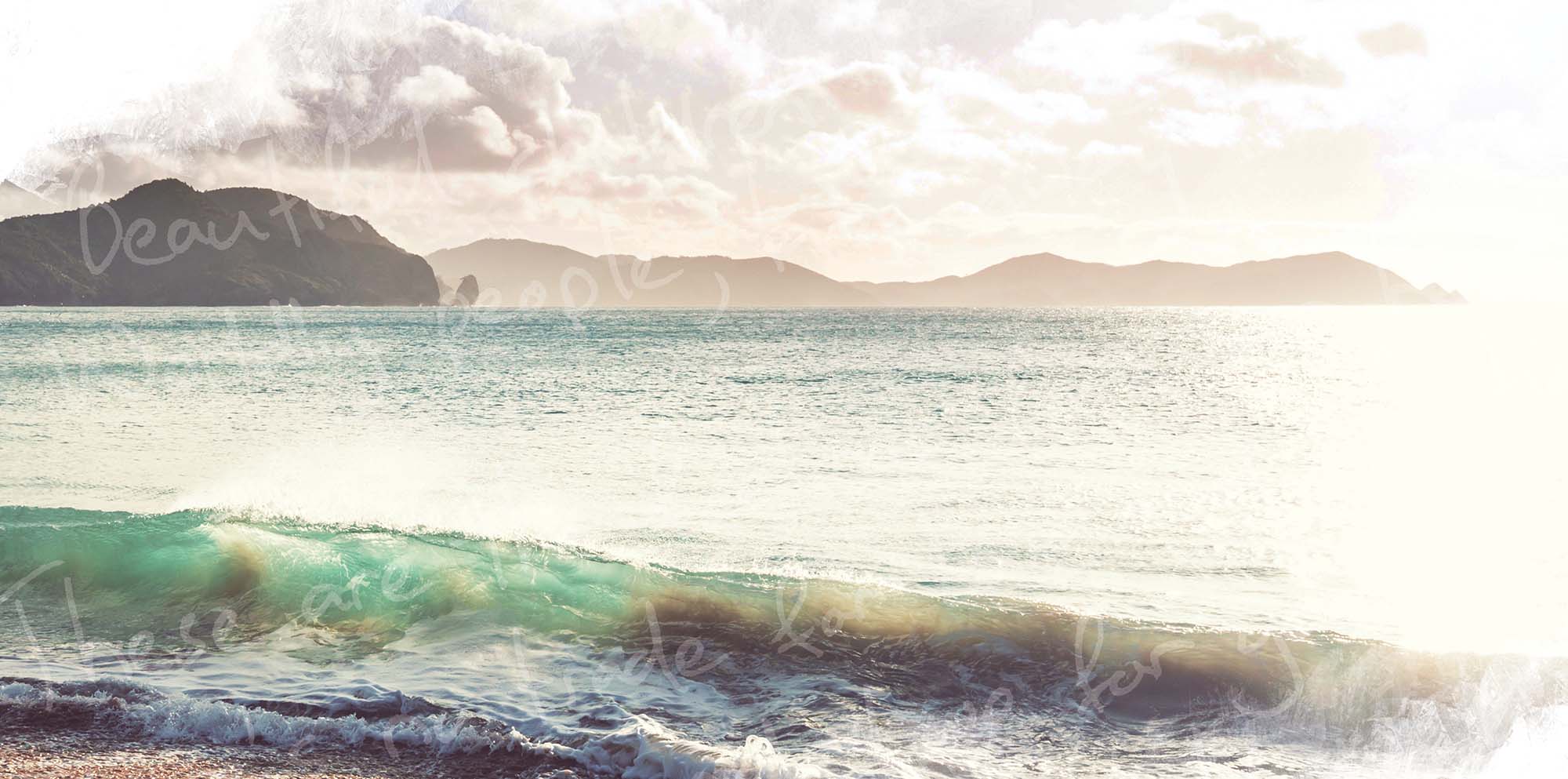2.2.2 Impacts of abuse on every aspect of survivors’ lives Te pānga o te mahi tūkino ki ngā wāhanga katoa o ngā purapura ora
452. In He Purapura Ora, he Māra Tipu: From Redress to Puretumu Torowhānui, we explained the impact of abuse on survivors.[997] Survivors described to us the impacts of abuse in holistic terms – abuse has affected everything about their lives.
“[Abuse] has harmed their physical health, their psychological and emotional wellbeing, their education and economic prospects, their relationships with family and others, their cultural and spiritual lives, and much more, leaving a legacy of harm that has spanned generations.”[998]
453. We know that aspects of health, oranga and wellbeing are intrinsically linked and interact with each other. Within te ao Māori, several health frameworks or models conceptualise the interconnectedness of wellbeing. These models include Te Whare Tapa Whā, Te Wheke and Te Pae Mahutonga. Pacific peoples also have holistic models to describe the different aspects of wellbeing. In this chapter, we focus on Te Whare Tapa Whā, a Māori hauora model, and the Fonofale model, a Pacific health model, to illustrate the impact the tūkino at Lake Alice has had on every aspect of survivors’ lives. Both models reflect cultural perspectives that value relational and holistic philosophies and acknowledge that differing domains of health are interdependent. Although no universal framework of health and wellbeing exists that is specific to disability or to mental health, below we discuss the generally accepted principles on health and wellbeing for disability and mental health.
454. The report from Ngā Wairiki and Ngāti Apa pointed out that, for many of their whānau, the experience at Lake Alice was a trauma in a chain of traumatic experiences before and after their experiences at the hospital.
“[He] had been put in the system as a child [aged 14], you know, he’s close to 60-years old now … He would have gone from the adolescent part all the way through. Probably could imagine how much abuse that he would have had as a kid growing up there, and he already would have endured abuse at home (Whānau).”[999]
Ngā tauira o te hauora me te oranga - Models of health and wellbeing
455. In He Purapura Ora, he Māra Tipu we refer to several indigenous cultural models of wellbeing. Te Whare Tapa Whā model draws on four basic dimensions of life: taha tinana, or physical health, taha wairua, spiritual wellbeing, taha hinengaro, cognitive and mental health, and taha whānau, wellbeing of the whānau.[1000] This whare, or house, sits on top of the whenua (land), which forms the foundation for the other four dimensions.[1001] The model emphasises balance and interconnection between all the dimensions and acknowledges that should one dimension of health be missing, neglected or damaged in some way, the person and their collective or group may become unbalanced and unwell.[1002]
456. The Fonofale model adopts the metaphor of a Samoan fale or house and includes elements from many Pacific nations, including the Cook Islands, Niue, Fiji, Tokelau and Tonga. The foundation of the fale is family, providing support for the entire fale structure. The roof represents cultural values and beliefs and acts as a shelter. Between the roof and the foundation are four pou or pillars, representing spiritual, physical, mental and other health (‘other’ health relates to education, social class, age, employment, gender and sexual orientation). The fale sits in a cocoon that contains three further elements that influence wellbeing - the environment, time and context.[1003] This model emphasises that each pou and each element is important in maintaining stability and wellbeing of people and promotes the philosophy of holism and continuity. The model reflects that “distress in one realm leads to the loss of balance in the others. Healing and recovery from mental illness succeeds only if all are addressed”.[1004]
457. Commonly identified principles for health and wellbeing specific to disability and mental health value equity of access, active participation and decision making, and respect for a person’s dignity and autonomy.
458. For disability, the emphasis is on active involvement and consultation with disabled people, barrier-free and inclusive access to high-quality health services (both mainstream services and those specific to disabled people),[1005] and being supported and valued. As well, the right to live with family[1006] and to live independently – the right to choose where to live and with whom in the community – and full enjoyment, inclusion and participation in community and public life are highlighted. A consistent overarching principle is that disabled people are involved in decision-making that affects them.[1007]
459. For mental health, emphasis is placed on the need for care and support approaches to be holistic – taking a whole-of-person approach, not a diagnosis focus – and for support to be provided in the community.[1008] Key principles include social inclusion, dismantling discriminatory structural factors, and ensuring immediate social, psychosocial and material needs are met.[1009] From the 1970s, an international movement of psychiatric survivors “called for an end to forced treatment, the dominance of psychiatry and institutionalisation”.[1010] For tāngata whaiora, the importance of services taking a cultural, as well as a clinical approach, and emphasising ties to whānau, hapū and iwi are highlighted.[1011]
460. While many of the survivors suffered similar abuse, each survivor’s experiences are unique. Factors such as sexism, racism and ableism shaped survivors’ experiences of abuse and its impacts. For example, some Māori and Pacific survivors experienced racist abuse, which affected many dimensions of wellbeing – emotional, psychological and cultural wellbeing.[1012]
461. In the next sections, we examine the immediate and long-term effects on survivors’ physical, mental and emotional wellbeing, financial security, educational and employment experiences, and interactions with the criminal justice system.


